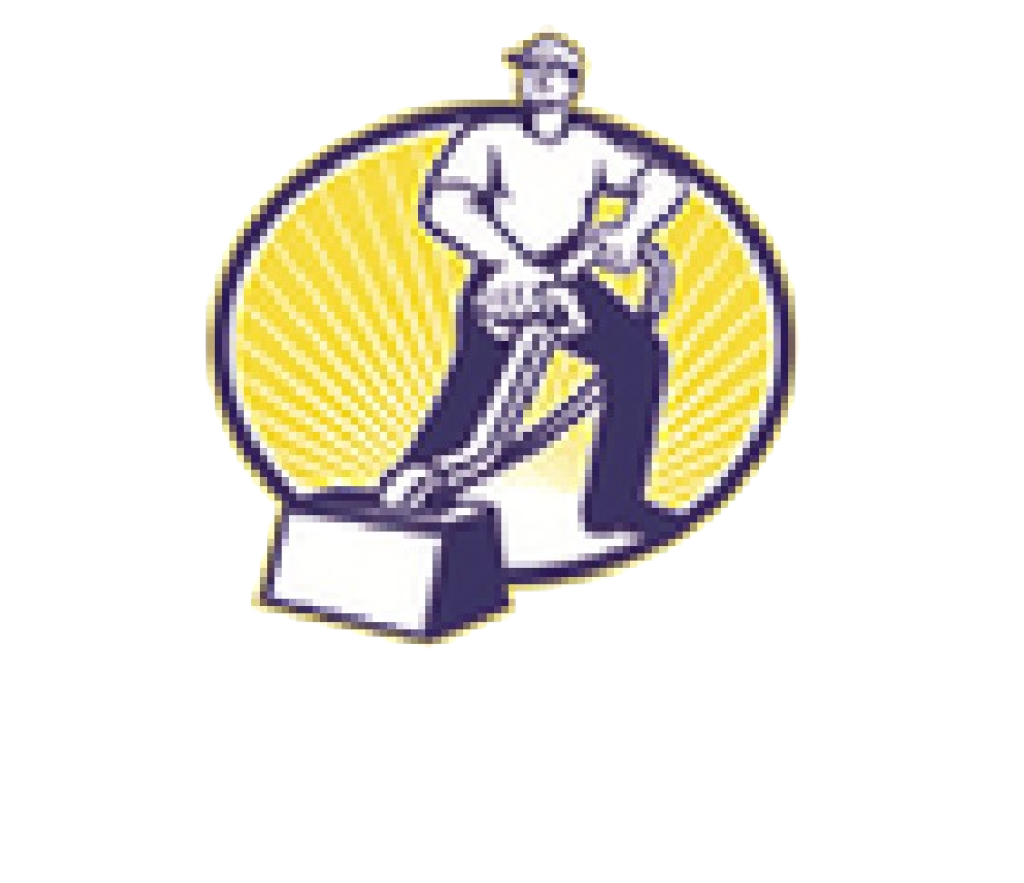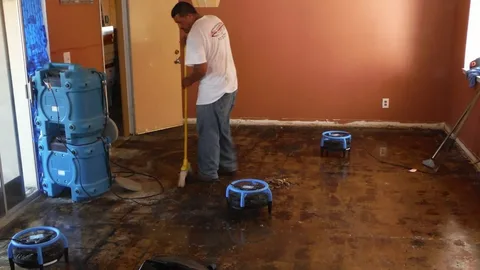Water damage restoration is the process of cleaning up, repairing, and restoring a property affected by water intrusion. This may occur due to flooding, leaks, broken pipes, or other sources of water damage. The goal of water damage restoration is to return the property to its pre-damaged condition as quickly and efficiently as possible. The process involves assessing the extent of the damage, removing excess water, drying affected areas, and repairing any structural or cosmetic damage.
Why Is Water Damage Restoration Important?
Water damage can cause significant problems if not addressed promptly. It can lead to structural issues, mold growth, and deterioration of building materials like wood, drywall, and insulation. If left untreated, water damage can weaken the foundation of a property, leading to costly repairs. Additionally, prolonged exposure to water can cause health hazards, as mold and mildew thrive in damp environments, potentially leading to respiratory issues and other health concerns.
The Process of Water Damage Restoration
The water damage restoration process typically involves several stages to ensure that the property is completely restored. These stages include:
- Assessment and Inspection: The first step is to assess the extent of the damage. Professionals inspect the property to identify the source of the water, the areas affected, and the necessary repairs.
- Water Extraction: The next step involves removing any standing water using specialized equipment such as pumps and wet vacuums. This helps prevent further damage to the property.
- Drying and Dehumidification: After the water has been removed, the affected areas are dried using high-powered air movers and dehumidifiers to remove any remaining moisture.
- Cleaning and Sanitizing: All surfaces that have been affected by water are thoroughly cleaned and sanitized to prevent the growth of mold and bacteria.
- Repairs and Restoration: Finally, any damaged materials are repaired or replaced. This may include drywall, flooring, insulation, and cabinetry.
Common Causes of Water Damage
Water damage can occur for a variety of reasons, some of which are more common than others. Common causes include:
- Leaking Roofs: Damaged or aging roofs can allow rainwater to leak into the property, leading to water damage in the attic and upper floors.
- Broken Pipes: Burst or leaking pipes are one of the most common causes of water damage, especially during the winter months when pipes are more likely to freeze.
- Flooding: Natural disasters like floods can overwhelm a property’s ability to manage water, resulting in significant damage.
- Appliance Leaks: Dishwashers, washing machines, and refrigerators with water lines can develop leaks, which can go unnoticed and cause damage over time.
- Sewage Backup: A backup in the sewage system can lead to contaminated water flooding the property, which requires specialized cleaning and restoration.
The Dangers of Water Damage
Water damage can lead to a host of issues, some of which can be extremely dangerous to both the property and the people living in it. Some of the risks associated with water damage include:
- Structural Weakness: Prolonged exposure to water can weaken structural elements like beams, foundations, and walls, making them prone to collapse.
- Mold and Mildew Growth: Mold thrives in damp, waterlogged environments and can begin growing within 24-48 hours of water exposure.
- Health Risks: Contaminated water, such as sewage backups, can introduce harmful pathogens and bacteria into the home, posing serious health risks.
- Electrical Hazards: Water can damage electrical systems, increasing the risk of short circuits or even fires.
How to Prevent Water Damage
Preventing water damage is essential to avoid costly repairs and disruptions to your life. Here are a few steps you can take to minimize the risk:
- Regularly Check for Leaks: Inspect pipes, faucets, and appliances for any signs of leaks or wear and tear.
- Maintain Your Roof: Regularly check your roof for any damage, especially after storms, and repair any issues promptly to prevent water from entering.
- Install a Sump Pump: A sump pump can help prevent flooding in areas like basements by pumping out water that collects in the foundation.
- Seal Windows and Doors: Ensure that windows and doors are sealed properly to prevent water from entering during rainstorms.
- Clean Gutters: Clean gutters regularly to ensure proper drainage and prevent water from overflowing and entering your home.
The Role of Professionals in Water Damage Restoration
Water damage restoration is a complex process that requires specialized equipment and expertise. Professional restoration companies have the necessary tools and training to handle water damage effectively. They use high-powered pumps, dehumidifiers, and air movers to remove water quickly and efficiently, minimizing the risk of further damage. Professionals also have the experience to detect hidden water damage, such as inside walls or under floors, that might otherwise go unnoticed.
Cost of Water Damage Restoration
The cost of water damage restoration can vary depending on several factors, such as the extent of the damage, the type of water involved (clean, grey, or black), and the size of the affected area. On average, water damage restoration can cost anywhere from $1,000 to $8,000 or more. If the damage is extensive or involves contaminated water, the cost may be higher. It is important to act quickly, as the longer water sits, the more expensive and difficult the restoration process becomes.
FAQs: Water Damage Restoration
1. What is the first step in water damage restoration?
The first step is to assess the extent of the damage and identify the source of the water. This helps determine the necessary steps for restoration.
2. How long does water damage restoration take?
The duration of restoration depends on the severity of the damage. It can take anywhere from a few days to several weeks for full restoration.
3. Is water damage covered by homeowners insurance?
Many homeowners insurance policies cover water damage, but it depends on the cause. Flooding from natural disasters may require additional coverage.
4. Can I restore water damage myself?
Minor water damage can be handled with DIY methods, but major water damage should be left to professionals to avoid further complications and health risks.
5. How can I prevent mold growth after water damage?
To prevent mold growth, it’s essential to dry out affected areas within 24-48 hours and sanitize the space to kill any potential mold spores.
Conclusion
Water damage restoration is a crucial process that helps repair and restore a property affected by water. From flooding to leaks, water damage can cause significant harm to your home and belongings. Prompt restoration can prevent further damage, mold growth, and health risks. Whether you choose to handle the restoration yourself or hire professionals, the key is to act quickly and ensure that all affected areas are properly dried and repaired.

